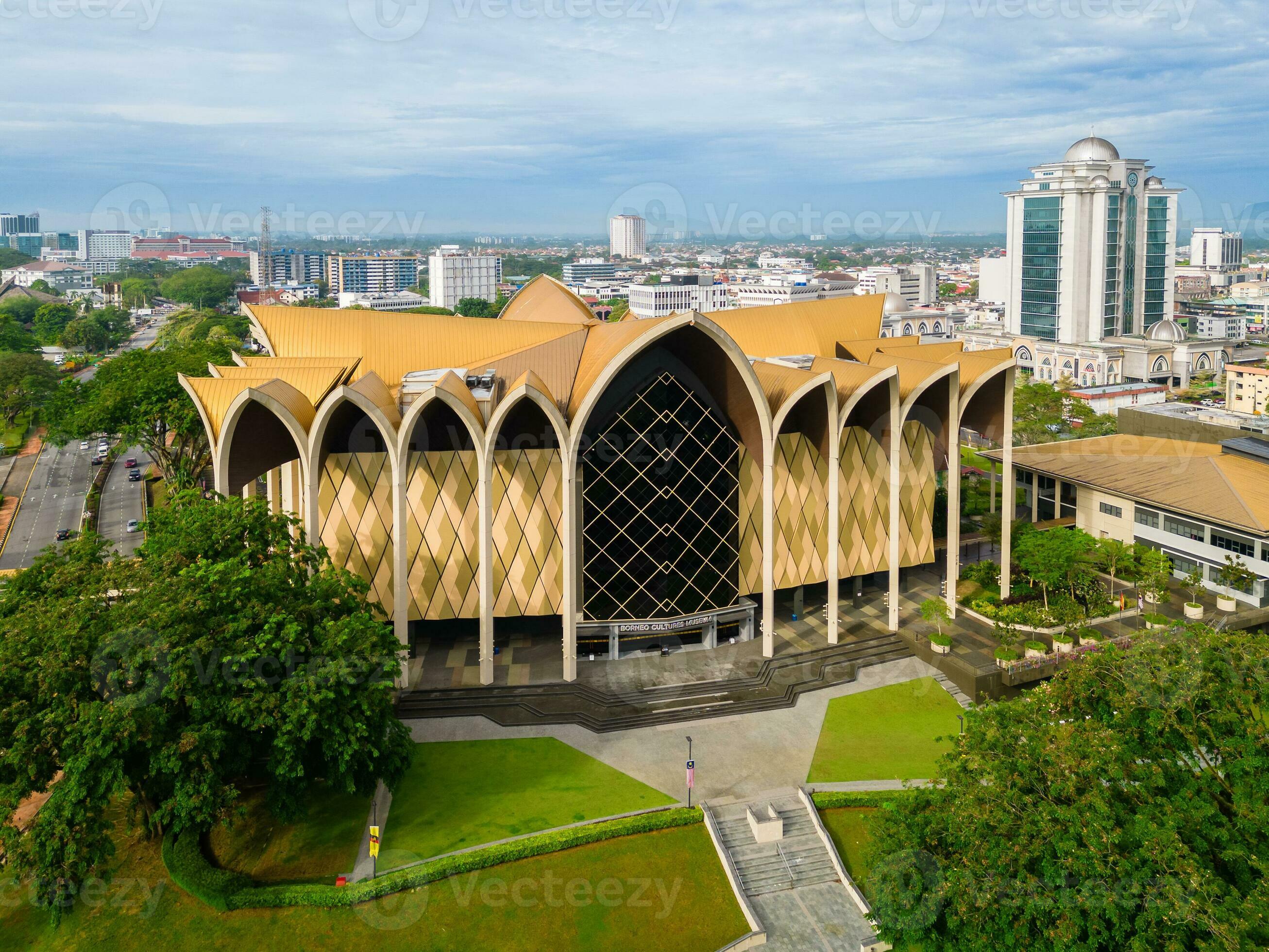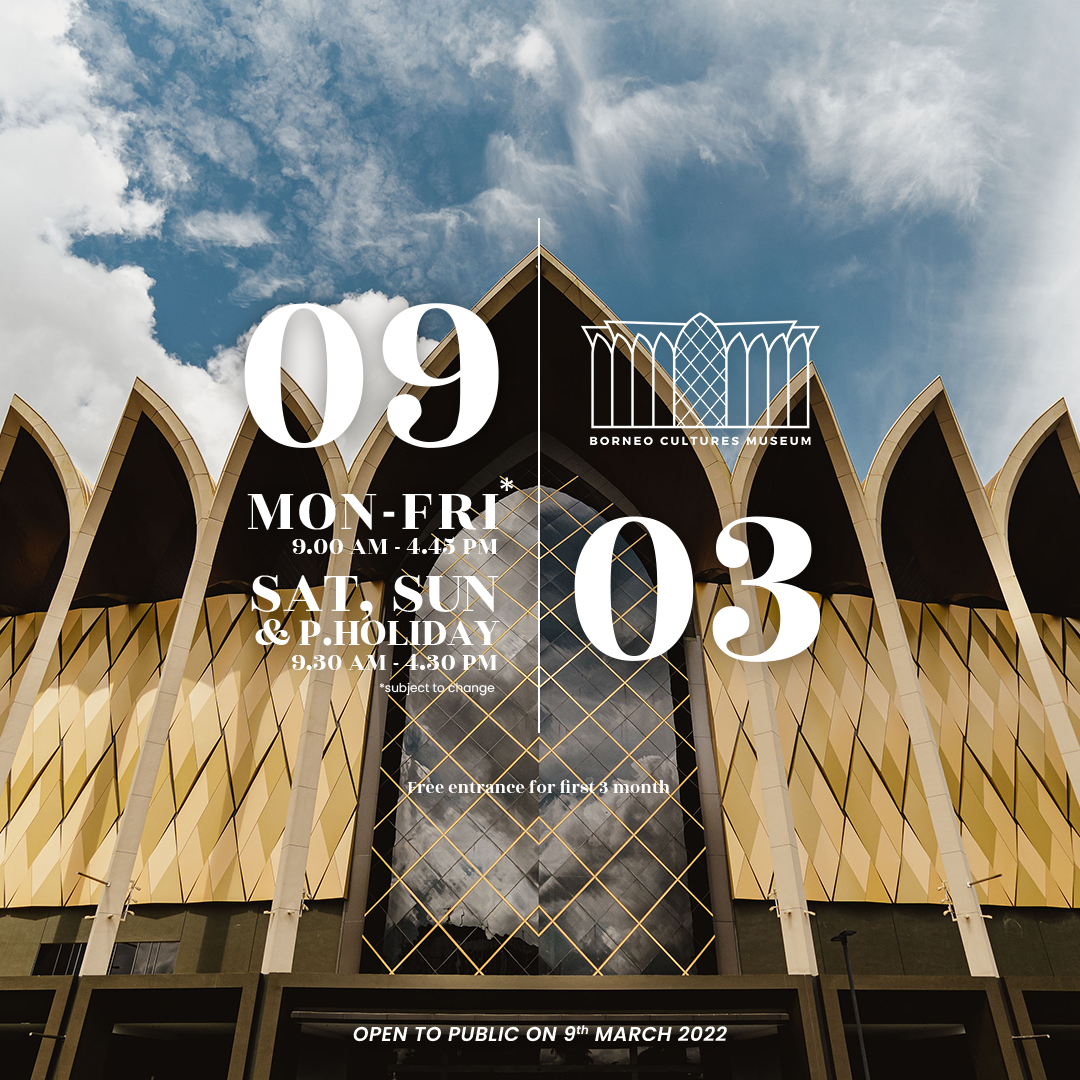Delve Into the Interesting Globe of Borneo's Cultural Heritage: A Comprehensive Overview to the Cultures Museum Experience
Submersing oneself in the complex tapestry of Borneo's social heritage belongs to starting a voyage through time and tradition. The blend of aboriginal people, standard handicrafts, captivating performances, and historic narratives housed within the confines of the island's museums offers a look into a globe bristling with profound heritages and dynamic custom-mades. As site visitors go across via these repositories of culture, they are bid to check out a world where past and existing intermingle, inviting reflection on the resilience and splendor of Borneo's varied heritage.
Native Tribes of Borneo
Borneo is home to over 50 aboriginal tribes, each with unique social methods and traditions that have actually been preserved for generations. Among these tribes are the Iban, known for their detailed tattoos and conventional longhouses where several families stay. The Dayak people, an additional prominent team, engage in fancy spiritual ceremonies and are knowledgeable artisans, crafting complex wood makings and woven fabrics. The Penan tribe, on the other hand, are nomadic hunter-gatherers with a deep connection to the jungle, utilizing blowpipes for hunting and event wild plants for sustenance.
These native people play an important role in preserving Borneo's rich cultural tapestry. Regardless of outside impacts and modernization, many people continue to promote their languages, customizeds, and ideas. Site visitors to Borneo have the possibility to involve themselves in the special lifestyles of these tribes through cultural scenic tours, homestays, and community-based tourism initiatives. By involving with these aboriginal communities, site visitors can get a deeper admiration for the variety and durability of Borneo's aboriginal heritage.
Standard Inventions and Artefacts

One popular instance of conventional handicrafts in Borneo is the manufacturing of woven items - Borneo Cultures Museum. Experienced weavers make use of all-natural fibers like rattan, bamboo, and pandan leaves to create intricate baskets, floor coverings, and accessories adorned with vivid patterns that hold symbolic meanings within the neighborhood
The art of woodcarving is an additional considerable element of Borneo's conventional inventions. Artisans carve detailed layouts into various sorts of wood to generate masks, sculptures, and music instruments that not only offer useful objectives yet additionally hold social significance, usually depicting mythology or spiritual ideas.
Additionally, Borneo is renowned for its beadwork, with craftsmens thoroughly crafting beads from materials like glass, seeds, and coverings to develop precious jewelry, clothes decorations, and ornamental things that display the region's vibrant aesthetic traditions. These standard handicrafts and artefacts not only serve as tangible expressions of Borneo's cultural heritage but also provide understandings right into the communities' ideas, worths, and way of living.

Cultural Performances and Festivals
With a deep-rooted connection to their cultural customs, the areas in Borneo come to life via vivid social efficiencies and events that commemorate their heritage. These events showcase the rich diversity of Borneo's ethnic teams, each offering special dancings, songs, and rituals that have actually been passed down with generations. Among the most renowned celebrations is the Gawai Dayak, celebrated by the Dayak individuals to note the rice gathering period. During this celebration, conventional music loads the air, elaborate dances are carried out, and sophisticated typical outfits are worn. Another considerable event is the Pesta Kaamatan, commemorated by the Kadazandusun neighborhood to appreciate for the rice harvest. This celebration features cultural performances, consisting of the Sumazau dance, and traditional sports like the bamboo dancing. Site visitors to Borneo can immerse themselves in these festivities, acquiring more information a deeper understanding of the area's cultural heritage and experiencing the warm friendliness of its individuals. Social efficiencies and celebrations serve as a vibrant tip of Borneo's abundant cultural tapestry and the importance of protecting these practices for future generations.
Historic Stories and Artifacts
Checking out the historic stories and artifacts of Borneo uses an interesting glimpse into the region's rich past and cultural development. Borneo's historic tapestry is woven with diverse impacts, reflecting the interactions between native people, Chinese investors, European colonizers, and Malay sultanates. The artifacts discovered in Borneo showcase this complex history, varying from standard crafts like complex beadwork and woodcarvings to historical treasures such as old pottery and tools.
Among one of the most compelling facets of Borneo's historical stories is the preservation of oral customs passed down via generations. These stories supply insights right into the beliefs, personalizeds, and day-to-days live of Borneo's residents throughout the centuries. The artefacts discovered from historical websites supply substantial links to these stories, enabling site visitors to witness the product culture of previous societies firsthand.
Contemporary Cultural Preservation Initiatives

Furthermore, academic programs and cultural exchange tasks play an important duty in elevating recognition regarding the importance of maintaining Borneo's distinct cultural heritage. By engaging colleges, galleries, and the wider neighborhood in conversations and tasks that commemorate Borneo's diverse cultures, preservation efforts can gain energy and support for long-term sustainability. Cooperations between governmental bodies, non-profit companies, and neighborhood communities are necessary in driving these preservation endeavors forward, making certain that Borneo's abundant social heritage remains vibrant and valued for generations ahead.
Verdict
To conclude, the cultural heritage of Borneo is diverse and abundant, with native people, conventional handicrafts, social performances, celebrations, historical stories, and contemporary conservation initiatives all adding to its individuality and relevance. Site visitors to Borneo's cultural check it out galleries can acquire a much deeper understanding and recognition of the region's cultural heritage, permitting a much more immersive and enlightening experience.
Submersing oneself in the detailed tapestry of Borneo's social heritage is comparable to beginning on a voyage through time and custom.With an ingrained link to their social traditions, the neighborhoods in Borneo come to life with vibrant cultural efficiencies and events that celebrate their heritage. Social efficiencies and festivals serve as a vibrant reminder of Borneo's rich cultural tapestry and the importance of maintaining these practices for future generations.
In addition, instructional programs and social exchange tasks play a critical role in increasing understanding concerning the importance of protecting Borneo's special social heritage. Cooperations in between governmental bodies, non-profit companies, and neighborhood communities are essential in driving these conservation ventures forward, ensuring that Borneo's abundant cultural heritage stays vibrant and valued for generations to come.